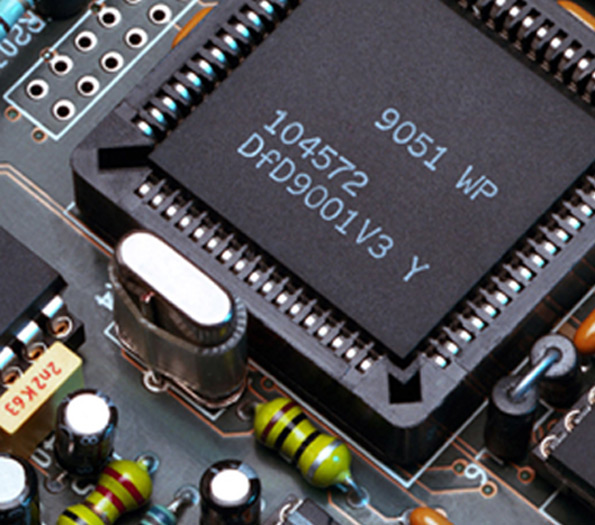

Understanding Low-E Annealed Glass A Comprehensive Overview
Low emissivity (Low-E) annealed glass has garnered considerable attention in the glass industry thanks to its unique properties that contribute to energy efficiency and improved indoor comfort. This specially treated glass effectively manages heat transfer, making it an exceptional choice for both residential and commercial applications.
Low-E glass is designed to minimize the amount of infrared and ultraviolet light that passes through the glass without compromising the amount of visible light. The low-emissivity characteristic refers to the glass's ability to reflect heat back to its source. This means that in the winter months, the glass reflects heat back into the building, helping to maintain a warm indoor environment. Conversely, in the summer, it reflects heat away from the building, promoting a cooler interior. This dual functionality not only enhances comfort but also translates into significant energy savings over time.
Understanding Low-E Annealed Glass A Comprehensive Overview
The application of Low-E coatings is crucial to the functionality of this type of glass. These coatings are made from thin layers of metal or metallic oxides that are deposited on the glass surface. The most common materials used for these coatings include silver, which provides excellent reflective properties. Depending on the number of coating layers and their thickness, Low-E glass can be categorized into two main types hard coat and soft coat.

Hard coat Low-E glass involves the application of a Low-E coating during the production process when the glass is still at a high temperature. As a result, the coating bonds permanently to the glass, making it extremely durable. Hard coat glass is often used in climates where protection from solar heat gain is needed without sacrificing visible light transmission.
On the other hand, soft coat Low-E glass is treated with the coating after the glass has been formed and cooled. While it offers superior energy performance, soft coat glass is generally more delicate and needs to be handled with care. It is ideal for colder climates where maximum insulation is required.
The benefits of using Low-E annealed glass extend beyond energy efficiency. By reducing heat loss and gain, it helps to create a stable indoor environment, which can protect furnishings from fading due to ultraviolet exposure. Additionally, Low-E glass reduces glare and provides better visibility without compromising on comfort.
In conclusion, Low-E annealed glass stands out as a significant innovation in the glass industry, offering a blend of energy efficiency, aesthetic appeal, and superior performance. As building codes and consumer demands increasingly lean towards sustainability and energy conservation, Low-E glass is poised to play an integral role in the future of architectural design. By investing in Low-E annealed glass, builders and homeowners not only enhance the overall comfort of their spaces but also contribute to a more sustainable and energy-efficient future.